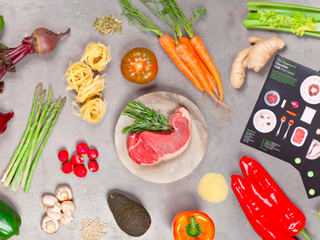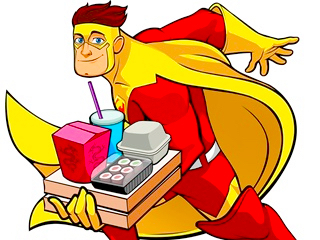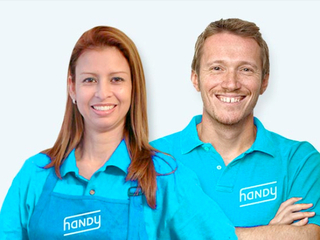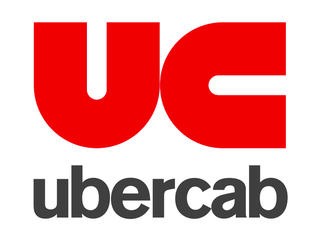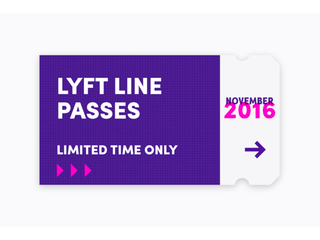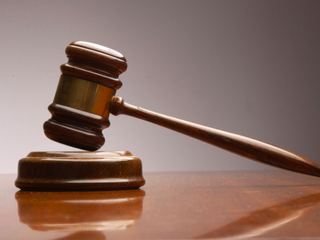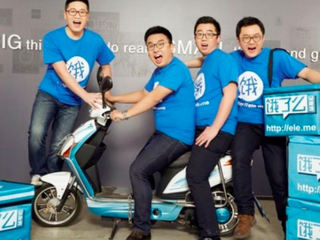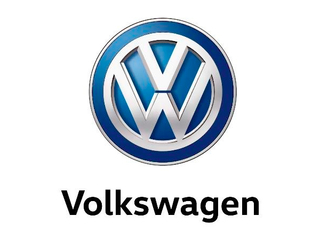DUOS expands AI capabilities to help seniors apply for assistance programs
It will complete and submit forms, and integrate with state benefit systems
Read more...Editor's note: Our Post Seed VC event is coming up on Dec. 1 in San Francisco. We'll have Chamath Palihapitiya (Founder of Social Capital), Aydin Senkut (Felicis), Jeff Lawson (Founder & CEO, Twilio) and more. Check out the full lineup and register for tickets before they jump! Post Seed is brought to you by Vator, Bullpen Capital, and Haystack.
If you regularly order lunch or dinner from UberEATS, you may be paying more for your delivery at busy times. You know, like during typical lunch and dinner hours. Citing an ongoing struggle with signing up enough drivers to execute meal deliveries, Uber announced today that it will be implementing something akin to “surge pricing” for UberEATS. During busy times, when the number of orders outweighs the number of drivers, Uber will increase delivery fees for customers.
Citing an ongoing struggle with signing up enough drivers to execute meal deliveries, Uber announced today that it will be implementing something akin to “surge pricing” for UberEATS. During busy times, when the number of orders outweighs the number of drivers, Uber will increase delivery fees for customers.
“That’s why we’re asking UberEATS customers in select cities to pay more for delivery when they order from restaurants in areas where demand is high but delivery partners are scarce,” wrote Uber product manager Ben Dreier in a blog post announcing the update. “The extra money from these orders goes toward financial incentives for delivery partners as well as our other operational costs.”
Uber says the extra fee will appear as a separate line item on the order so the customer knows exactly how much they’re being charged. I’ve reached out to the company to learn how much they’ll be increasing delivery fees during busy times, and I’ll update this piece when I hear back.
Just as surge pricing wasn’t always a part of UberEATS, it also wasn’t always a part of Uber’s core service—though it didn’t take long to implement. Uber originally launched at the end of May 2010, but the company didn't start using algorithms to automatically increase fare prices during busy times until New Year's Eve 2010.
Uber first started experimenting with its lunch delivery service, originally called UberFRESH, in August 2014. So it’s taken a little bit longer (just over two years) for the company to introduce surge pricing to the service.
On one hand, it could be a sign that UberEATS is gaining significant traction—enough so that it has trouble keeping up with demand. On the other hand, it could be indicative of any number of issues, including a dearth of of drivers willing to sign up for the service or Uber’s inability to make a profit from a notoriously low-margin business.
The food tech space has seen dozens of services come and go, as startups repeatedly try to solve problems around food preparation and delivery from a wide variety of angles. With so many moving parts involved, it has been a tough space to crack, and no one company has come out as the clear leader.
In 2015, food tech startups raised $5.7 billion across 275 deals, according to CB Insights, a 152 percent increase in funding and 102 percent increase in deals versus 2014.
Some of the big names worldwide include Ele.me (which this year raised $1.25 billion at a $4.5 billion valuation for food delivery in China), Delivery Hero (most recently valued at $3.1 billion), and HelloFresh (launched out of Rocket Internet and most recently valued at $2.9 billion).
UberEATS is now available in 43 cities worldwide and operates 24/7.
It will complete and submit forms, and integrate with state benefit systems
Read more...The bill would require a report on how these industries use AI to valuate homes and underwrite loans
Read more...The artists wrote an open letter accusing OpenAI of misleading and using them
Read more...Startup/Business
Joined Vator on
Uber is a ridesharing service headquartered in San Francisco, United States, which operates in multiple international cities. The company uses a smartphone application to arrange rides between riders and drivers.
